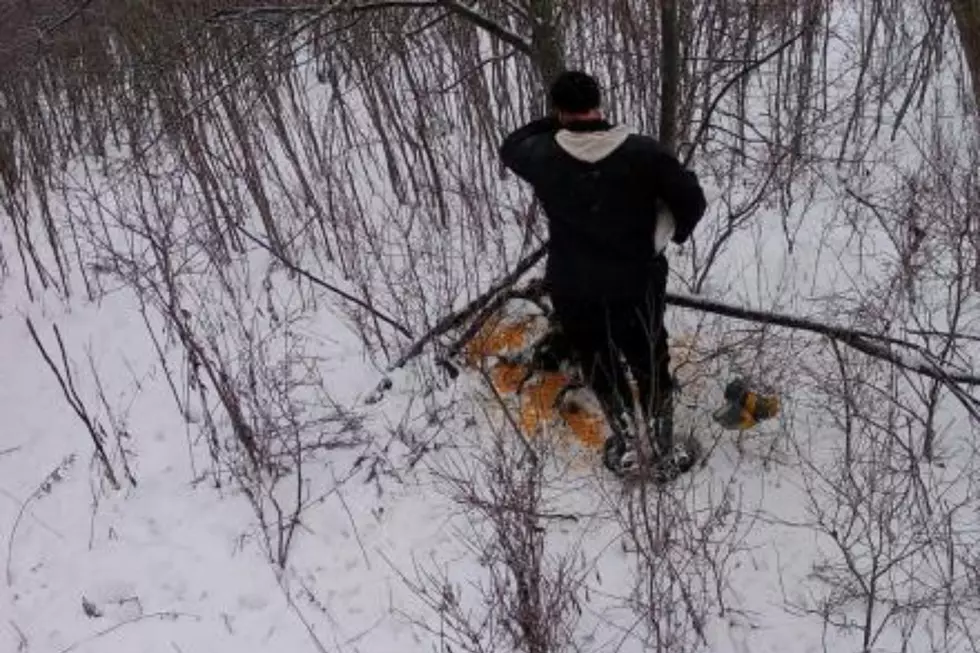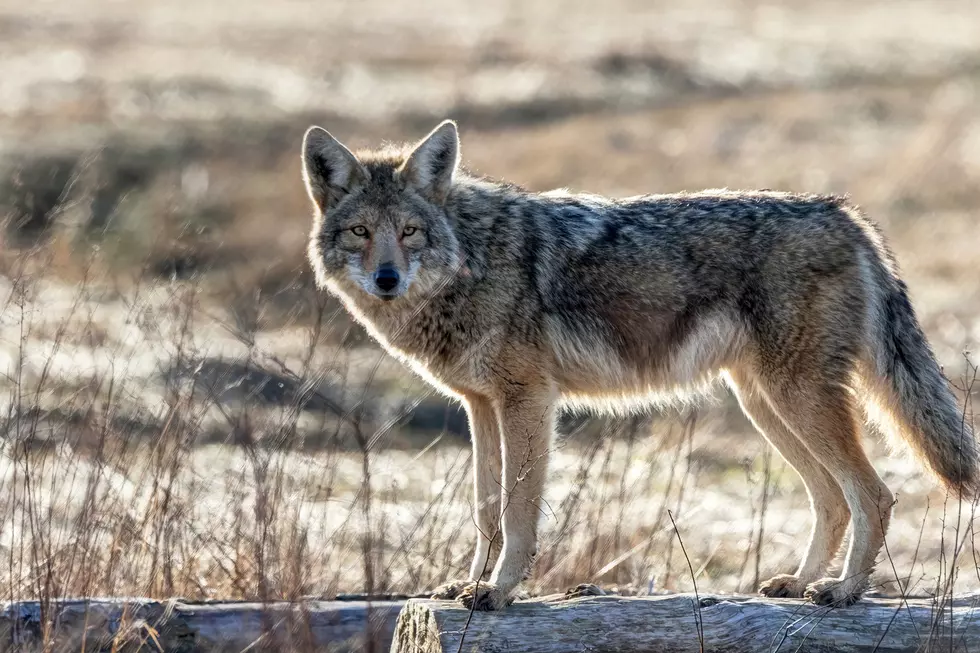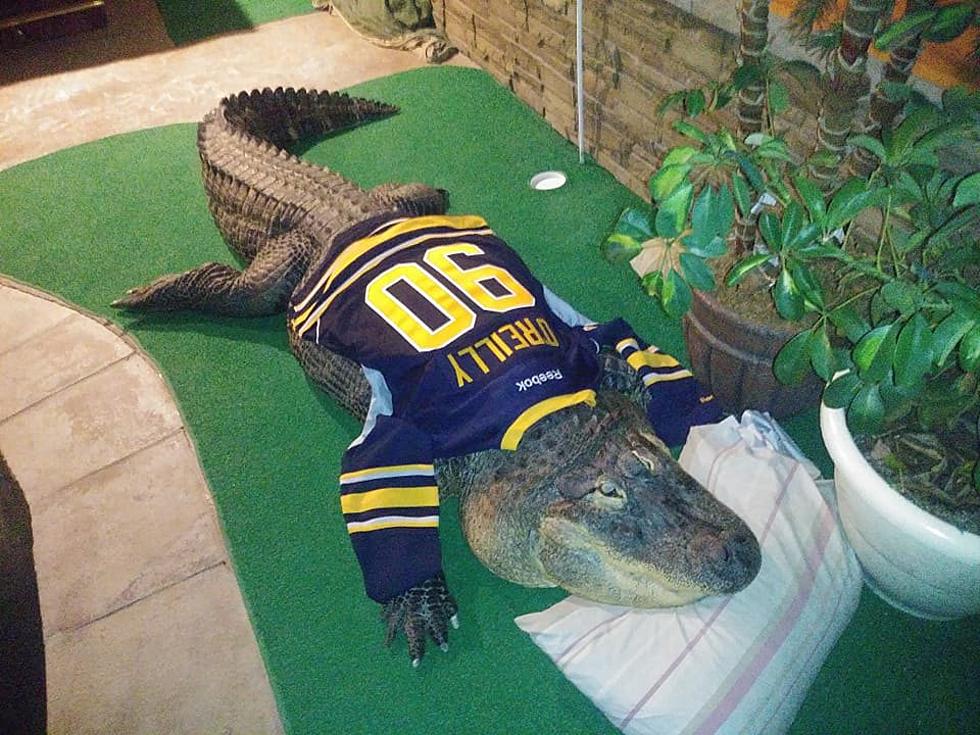
Winter’s Gray Scenery Got You Down? Add Some Indoor Green
Polly and I just had a conversation about this while looking at what would be a beautiful scenic view in spring, summer or fall. If the dull colors of winter have you down, the Master Gardeners at Cornell Cooperative Extension say add some indoor green.
Ivies look beautiful hanging in a window or cascading from a pedestal. Ivies, like all houseplants, brighten our homes and our spirits during the winter. With its lobed leaves and trailing vines, English ivy makes a wonderful houseplant. It can grow long and lush and bring a bit of the outdoors inside. There are many types of ivy varieties--some with plain green leaves, and others with yellow or cream variegations.
Growing ivy indoors is easy as long as you provide what the plant needs:
Light
- Ivy plants need bright light, but not direct sunlight. They grow well in artificial fluorescent light, as well. Variegated leaves will revert to all green without adequate light.
Water
- Ivies need to be watered thoroughly but infrequently. Gently add water to the soil until it drains out of the bottom of the pot. Avoid watering again until the soil is almost dry.
Food
- Fertilize your ivy once a month with a nitrogen-rich liquid fertilizer during the growing season, not during the winter. Locate the plant away from drafts or heat vents. Spraying with lukewarm water can prevent most ivy pest problems by removing dirt, dust, and insects.
Get more tips on keeping indoor plants healthy with CCE's online fact sheets or talk to a Master Gardener at the Horticulture Hot Line, Wednesday’s and Friday’s from 9 a.m. to noon, at 315-736-3394.
More From Big Frog 104









